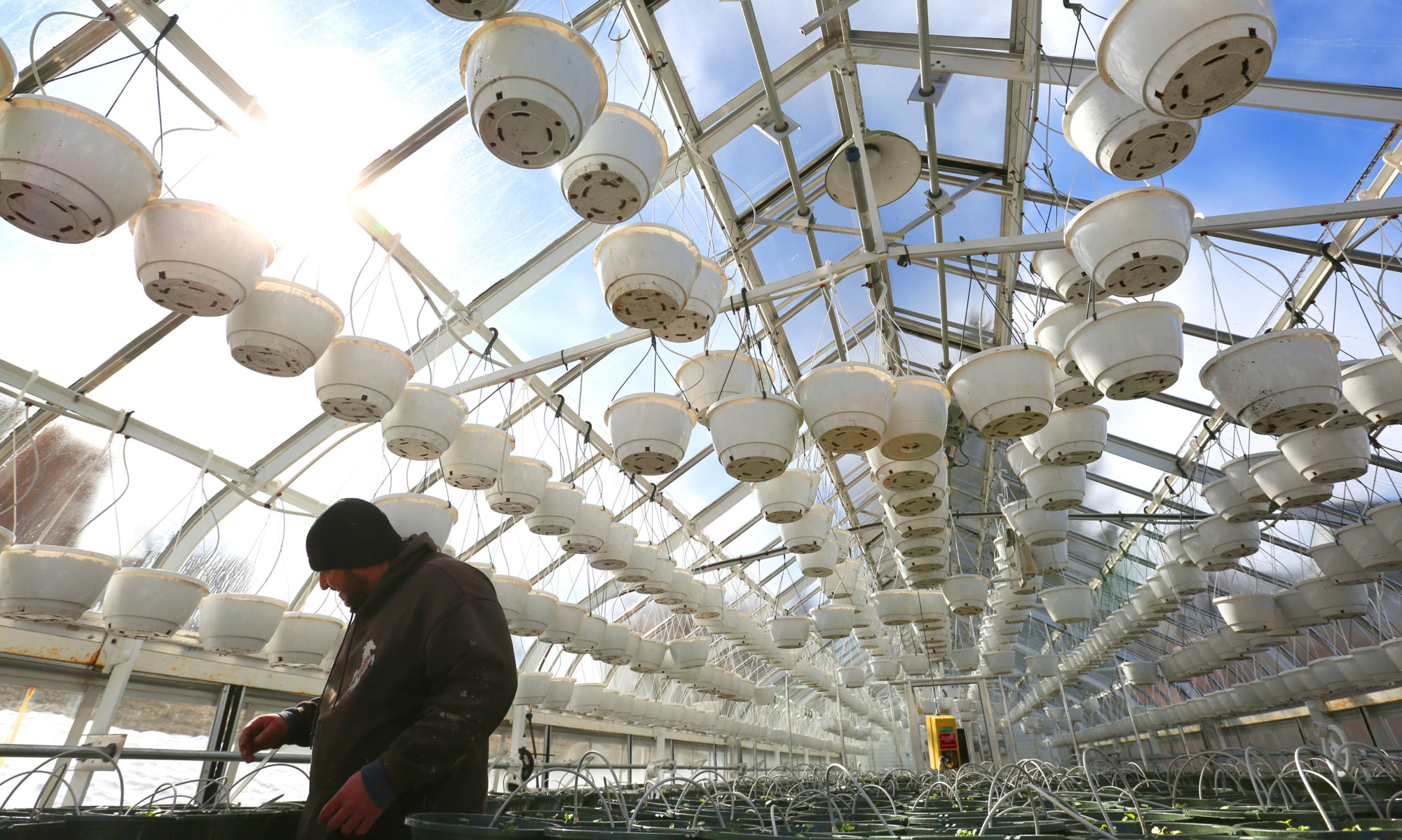The first topic of my Political Economy course, taught by Professor Justin Svec, explored the logic behind externalities. An externality occurs when one agent’s action affects the welfare or profit of another agent. There are both positive and negative externalities where positive externalities raise some other agent’s welfare (or profit) and negative externalities lower them. The problem with externalities is that the acting agents do not internalize the full costs or benefits of their actions leading to the socially inefficient equilibrium. More specifically, positive externalities are under produced while negative externalities are over produced.
Thinking in terms of sustainability and our life at Holy Cross, this simplified example of a student bringing a reusable thermos to Cool Beans will show how a positive externality is under-produced.
| Benefits | Costs |
|---|---|
| Reduce your consumption of single use cups, lids, and straws | Having to carry the thermos around campus |
| Reduces the waste Holy Cross produces | Having to rinse out the thermos after each use |
Individuals behave optimally by setting their private benefit equal to their private cost. In this case, the student would fail to internalize the benefit of the reduction in waste for Holy Cross. Thus, the student’s cost of bringing a reusable thermos outweighs the benefits leading the student to choose not to bring a reusable beverage container to Cool Beans.
Shifting gears to negative externalities, I have outlined a simplified example of a student choosing to litter to show how a negative externality leads to overproduction. In this example, the student fails to internalize the cost to the greater Holy Cross community. That being said, the student’s private benefit is equal to their private cost leading the student to choose to litter instead of walking to a trash can.
| Benefits | Costs |
|---|---|
| Easier than walking to a trash can | You see a dirtier campus |
| Every other student sees a dirtier campus |
There are multiple interventions that college campuses can implement to help the community reach the socially optimal equilibrium. These interventions include command and control and Pigouvian tax/subsidy. Command and control can occur when the college administration mandates a certain level of production. One example of this is if the college were to limit the take out containers that the cafes on campus were allowed to use. In doing so, students might be nudged to bring their own reusable containers. College administration can implement Pigouvian taxes or subsidies that match the size of the negative or positive externality. Similar to Pigouvian subsidies, our very own Cool Beans has implemented various efforts to incentivize students to bring their own reusable thermos. These efforts include discounting drinks when students bring their own beverage container and selling reusable thermoses for students to use.
Recognizing the added benefits of a positive externality and the extra costs of a negative externality, I hope that we can make the conscious effort to produce more of the good and lessen the costs we impose on our environment. Let us work together to reduce our waste, reuse our beverage containers, and recycle our clean bottles, plastics, paper, and cardboard.
